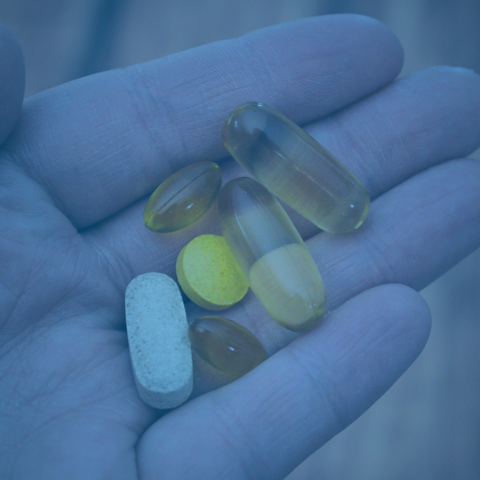Learning & education: Niacin

The goals of this article are to unravel the connection between niacin deficiency and the role it can play in chronic fatigue.

Does topping up with B3 really help hair grow thicker or faster? Let’s lift the hood and see what the science says about B3, scalp blood flow, and those hardworking follicle engines.

Ever wondered why vitamin B3 shows up in almost every “natural T-booster” on the market? Many wellness products link niacin to higher testosterone. But does science back the idea that niacin can turbocharge testosterone production, or is it just another myth?

In this article, we define the difference between “flush” and “no-flush" niacin, highlight their key differences, and explore how each form may impact cholesterol levels and overall cardiovascular health. While flush niacin has well-documented effects on blood lipids, it’s also associated with skin flushing — a side effect that no-flush niacin is designed to avoid, though possibly with different therapeutic outcomes.

Nicotinic acid and nicotinamide are different forms of vitamin B3 found in food. These compounds have identical vitamin activity; however, their pharmacological profiles differ. Indeed, nicotinamide has an amide group, notably absent in nicotinic acid, which confers different therapeutic and side effects. Depending on the country, nicotinic acid and nicotinamide are referred to as niacin and niacinamide, respectively.

Niacin exists in different forms, comprising nicotinic acid, nicotinamide, and nicotinamide riboside (NR). All of these compounds have essential roles in metabolism and cellular respiration. At the blood-brain barrier, nicotinamide is rapidly transferred across the cerebral capillaries in a bidirectional manner by a very low-affinity, high-capacity facilitated diffusion system.
